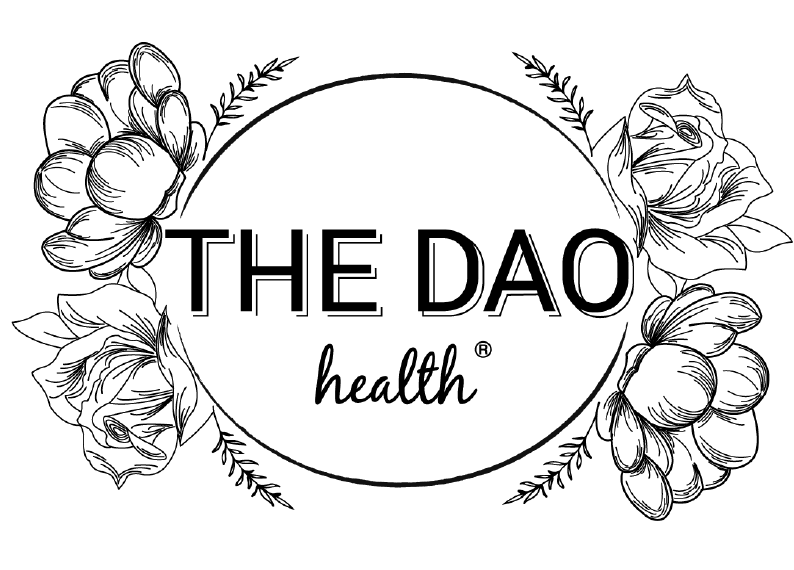The Dao Does… Vitamin D – not just the sunshine vitamin
Vitamin D is often referred to as the ‘sunshine vitamin’. Most people would know the link between absorbing Vitamin D from the sun, which will support immune function, and the relationship with bone density. However, Vitamin D levels are a part of assessing a patient’s overall health, with many more links to women’s health and fertility.
Vitamin D is actually a hormone, activated by the liver and kidney – the most important hormone involved in cell division, regulating more than 200 different genes in the body (Briden 2018). Vitamin D is essential for bone development in children and maintaining bone density & integrity in adults. It also plays a role in regulating immunity, with research showing supplementing with Vitamin D reduces the risk of developing respiratory infections during the cooler months. Vitamin D is a powerful hormone regulator, it assists the body in healthy insulin sensitivity and ovulation. It is a hormone precursor essential for the production of Progesterone, important for its role in regulating the menstrual cycle and supporting pregnancy. Studies have linked vitamin D deficiency during pregnancy with an increased risk of preterm birth, gestational diabetes, preeclampsia (very high blood pressure during pregnancy), and bacterial vaginosis (Bodnar et al. 2015). So, it is essential to check on your Vitamin D levels when working with the menstrual cycle, and fertility journey.
From a Chinese Medicine perspective, Vitamin D is a marker of Kidney function, in particular the ability of the Kidney Yin to anchor the Yang (Pyers 2016). When working with a women’s menstrual cycle, and supporting trying to conceive, the role and the strength of the Kidney energy is paramount. Vitamin D is described as a Kidney tonic that strengthens Jing and the bones (Leggett 2005).
Vitamin D deficiency is more common in this generation than in previous, due to a reduction in sun exposure in the modern world – think, we are wearing more clothes, applying sunscreen, and spending more time indoors (thank you Covid19). The average levels of Vitamin D in countries like Australia, the UK, and the US have dramatically dropped, with people testing lower than what is required to avoid disease (Pyers 2016).
Vitamin D is obtained through the direct actions of sunlight on the skin (90%) or through dietary nutrients (10%). Magnesium is a friend of Vitamin D, and adequate levels are required for Vitamin D and calcium to be absorbed effectively and utilised accordingly in the body. Obesity, chronic inflammation, and a magnesium deficiency can interfere with the synthesis of Vitamin D (see Georgia’s latest entry on Magnesium).
Where to get your Vitamin D:
+ 10-15mins exposure to outdoor sun per day is necessary for the production of Vitamin D, with closer to 30mins in Winter. If you are walking in the morning sun, removing sunglasses for just 5 mins can increase the absorption through the eyes. It is important to check the map of Australia for guidelines on the recommended amount of sun exposure based on your location, the season, and your skin pigmentation. Helpful apps such as D-Minder is a good tool to track absorption.
+ Dietary sources, such as mushrooms, animal sources like oily fish, and eggs (including the yolk. One egg can supply 10% of your daily intake.
+ Practitioner only Vitamin D supplementation after reviewing your pathology levels.
*Please consult your healthcare provider to investigate your Vitamin D levels and explore your options.
References:
- Pyers, C. 2016. Integrating TCM Guide Pathology. Trojan Press.
- Briden, L. 2018. The Period Repair Manual. Macmillian.
- Bodnar et al. 2015. Obstet Gynecol; 125 (2): 439-47.
- Legget, D. 2005. Recipes for Self-Healing.
- Pregnancy Care Guidelines – Vitamin D
- Jean Hailes Healthy Living Vitamin D
~
By Molly Burton


